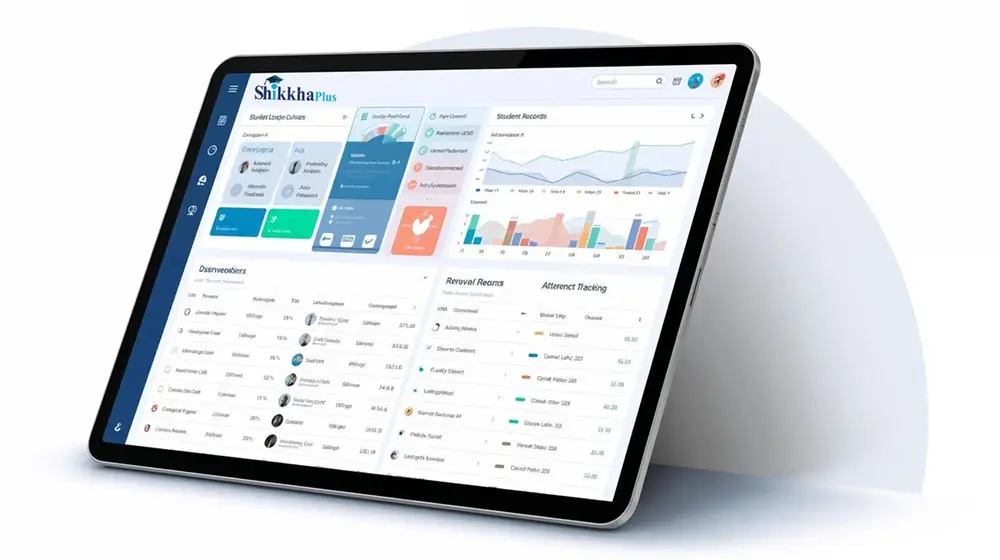 in Software Development_1749986892.webp)
How to Use Continuous Integration and Continuous Deployment (CI/CD) in Software Development
CI/CD stands for Continuous Integration and Continuous Deployment (or Delivery). It's a modern way of building and delivering software faster, safer, and more efficiently. CI/CD helps developers make changes in code and push updates without breaking the app or waiting for days to release a new feature.
- Continuous Integration (CI): Automatically checks, tests, and merges your code every time a developer makes a change.
- Continuous Deployment (CD): Automatically pushes the tested code into production (live environment) without human interference.
Why CI/CD Matters
- Faster Releases: New features and fixes can go live quickly.
- Better Code Quality: Automated tests catch bugs early.
- Lower Risk: Small updates are easier to test and roll back if needed.
- More Productivity: Developers spend less time on manual tasks and more time writing great code.
How CI/CD Works — Step by Step
1. Plan the Workflow
- Identify which steps of your development can be automated.
- Define stages: build, test, deploy.
- Choose tools (like GitHub Actions, GitLab CI, or Jenkins).
2. Write the Code
- Developers write and commit code to a shared repository (like GitHub or GitLab).
- Code should follow best practices and pass code reviews.
3. Trigger the Pipeline (CI Begins)
- Every new code push or pull request starts the CI pipeline.
- The pipeline runs unit tests, checks for errors, and builds the software.
4. Run Automated Tests
- Run different types of tests: unit tests, integration tests, and UI tests.
- Use tools like Selenium, JUnit, Cypress, etc.
5. Deploy Automatically (CD)
- If tests pass, the CD pipeline pushes the app to staging or production.
- You can also choose Continuous Delivery, where a manual approval step is added before final release.
6. Monitor and Improve
- Use monitoring tools like New Relic, Datadog, or Grafana.
- Analyze logs and performance to fix issues faster.
Popular CI/CD Tools
| Purpose | Tools |
|---|---|
| Version Control | Git, GitHub, GitLab |
| CI/CD Pipelines | Jenkins, GitHub Actions |
| Testing | JUnit, Selenium, Cypress |
| Deployment | Docker, Kubernetes, Ansible |
| Monitoring | Prometheus, Grafana |
Best Practices for CI/CD
- Keep builds fast by testing only what changed.
- Automate as much as possible.
- Use separate environments: development, staging, production.
- Keep your codebase clean and modular.
- Track changes and logs.
Real Benefits for Your Business
- Faster time-to-market: Launch new features quickly.
- Better reliability: Less downtime and safer updates.
- Improved collaboration: Teams work together with more visibility.
- Higher customer satisfaction: Users get new features and fixes sooner.
Conclusion
CI/CD transforms how software is built and delivered. Whether you're a startup or a large business, implementing CI/CD will streamline your development process, boost your team’s productivity, and help you ship reliable software faster.
Want help setting up CI/CD pipelines for your software projects?
👉 Contact Ambala IT






_1760528543.webp)

